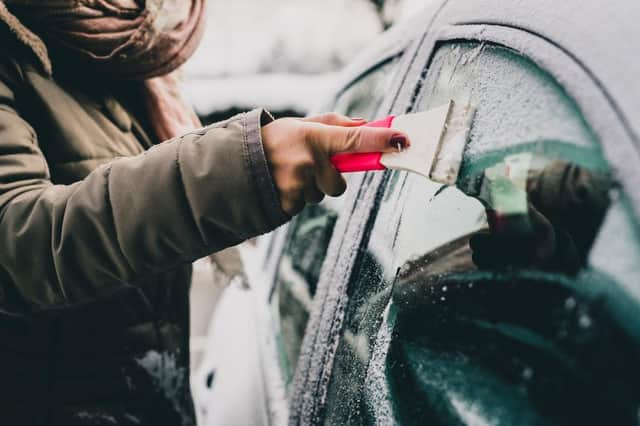Stay safe on Preston’s roads this winter with driving tips


Breakdowns can be more common in wintry weather, but that doesn’t mean you need to give your car the cold shoulder – just follow our simple steps to stay safe behind the wheel.
From how to handle a skid to essential car kit, here are some top tips on driving safely on the roads this winter:
Be prepared
The AA recommends that every driver packs an emergency in-car survival kit in winter. Their no-nonsense checklist includes ice scraper and de-icer so you can effectively defrost your windscreen, as well as a torch and spare batteries for long nights – bear in mind that if you break down, you'll need to find a safe place to wait for roadside assistance so a torch could be invaluable.
A fully charged mobile phone is a great idea, or make sure you have an in-car phone charger or power pack as nobody wants to be faced with a dead phone battery in an emergency.
Fiddling with a sat nav can distract you from driving, so planning ahead with a printed route for an unfamiliar journey could be the best option; the AA even has an app which helps you to plan a new route if there are diversions, or call out a mechanic if you break down. Pack an atlas just in case, they suggest, as well as a pair of sunglasses: the low sun in winter can dazzle drivers and cause glare.
It's always a good idea to keep a first aid kit in your car, adds the AA, and pop an empty fuel can in the boot – you'd be surprised how many breakdowns are caused by running out of fuel.
Pump it up
Poor tyre maintenance is the biggest cause of accidents in the UK, according to the Department for Transport, making it even more important to keep up the pressure when conditions turn cold and icy.
The AA recommends at least 3mm of tread in winter(the legal minimum tread in the UK is 1.6mm depth across the middle three-quarters of the tread)– it’s unlikely you’ll need snow chains unless there’s enough snow to prevent damage to the road, but you may want to think about investing in winter tyres or all-season tyres made from rubber that gives better grip in cold, wet conditions.
Take it slow
With stopping distances ten times longer when driving in ice and snow, gentle manoeuvres are key. When pulling away on a slippery surface, try starting in second gear to avoid your wheels spinning, and change up a gear sooner than you would usually; if you have an automatic gearbox that has a Winter mode, make sure it’s engaged.
Take it slow – but not too slow, as you could lose momentum and grip. It’s important to find the right speed to avoid losing control.
Don’t forget to test your brakes and steering regularly to check how slippery it is, as long as it’s safe to do so.
Skids and slides
Whether it's from melted snow or too much rain, where there is surface water there is the risk of aquaplaning, caused when a layer of water builds up between your tyres and the surface of the road beneath them, which can make you lose control of your vehicle.
If your car starts aquaplaning, don't panic – follow these tips from the RAC to help control it.
Once you’ve realised that your car has started to aquaplane, it’s important to keep your cool. If you try to do something extreme, like hitting the brakes hard or twisting the wheel suddenly, you could cause your car to skid or slide into a collision.Instead, hold the steering wheel straight and gradually ease your foot off the accelerator.
As you slow down, you should be able to feel your wheels gaining traction and you’ll get back control, then it’s safe to make slow and steady movements of the steering wheel and gently use your brakes.
The advice is similar for skidding on ice: if you start to slide, the first thing to do is ease off the throttle. Whatever you do, don’t hit the brakes, as this could lock the wheels. If the car does stars to spin, steer into the skid; in a manual car, push the clutch in to let the wheels rotate freely, which can help the tyres regain their grip.
No matter what the weather is like, a personalised number plate can look great on your car – see CarReg for details on how you can also design one for your car too.